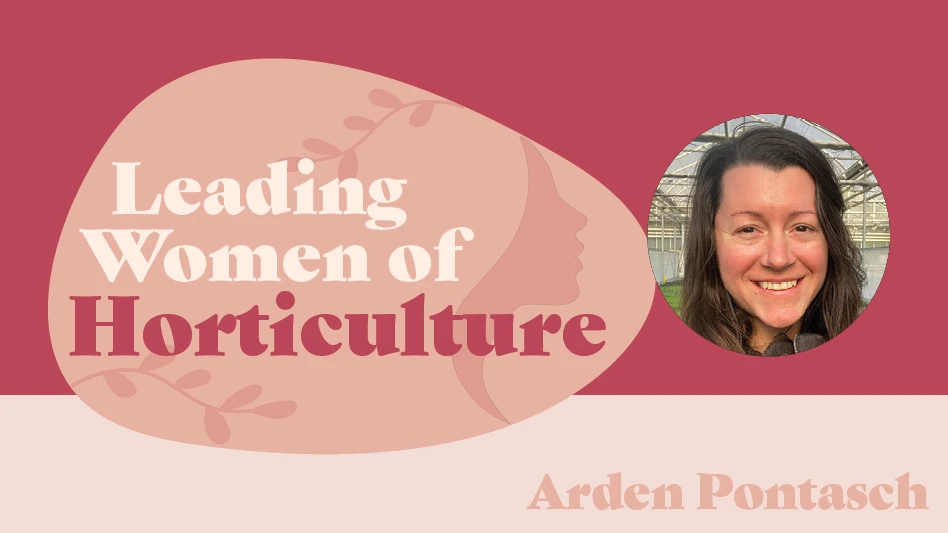_fmt.png)
Hans Hansen, director of new plant development with Walters Gardens, Inc. explains how a plant can be both a native and a hybrid.
1 | What is a Native Hybrid?
A Native Hybrid is what we refer to as a cross between two native species. The breeding focus of our program is to select for superior characteristics. This is different from a Nativar, which is a clonal selection of a plant from a native population.
2 | What are some of the benefits of breeding with native plants?
Native plants are often well adapted for the area they are indigenous to, benefit pollinators, and bring a feeling of nostalgia for native wildflowers.
3 | What is the process for creating a new plant introduction?
I’ve used two different approaches to working with native plants. The first is to study the wild populations of plants, botanize, and in the case of Amsonia ‘Storm Cloud’ make a clonal selection from a native population with superior garden characteristics. ‘Storm Cloud’ emerges with jet black stems and dark green foliage with silver veins; it also is one of the earliest Amsonia to flower.
The second is to combine traits of native species to make hybrids. In the case of Baptisia, these hybrids have new flower colors not seen in the genus on the species level. I have also worked on reducing the plant height and width to make them easier to use in today’s smaller gardens.
_fmt.png)
_fmt.png)
4 | How do you choose which native plants to work with?
I try to work with native plants that have a long season of interest and extended garden performance versus short-lived perennials. I’ve been passionate about Baptisia (an example of a native that if you plant it in a good place in your garden it will probably outlive you) and great foliage (Baptisia, Amsonia, Hibiscus, Heuchera). Much of the interspecific work involves polishing up the native “wild habit” to make it look more polished for the home garden.
Hardy hibiscus
5 | What have been some of your favorite native plants to work with?
Mangave, because it’s been a fascinating process to watch the diversity in leaf color, plant form and habit take place over multiple generations. Mangave
Another breeding project that I’ve been involved with over half of my life is Baptisia. These long-lived perennials have undergone a transformation from being represented in the trade by one species (B. australis) to a wide range of cultivars in a wide color range and smaller more compact forms that are more applicable in our smaller gardens.
For more: www.waltersgardens.com

Explore the October 2018 Issue
Check out more from this issue and find your next story to read.
Latest from Nursery Management
- The Growth Industry Episode 3: Across the Pond with Neville Stein
- Trends: Proven Winners 2025 perennial survey shows strong demand
- Online registration opens for the 2025 Farwest Show
- Sustainabloom launches Wholesale Nickel Program to support floriculture sustainability
- Plant breeding as an art
- Society of American Florists accepting entries for 2025 Marketer of the Year Contest
- American Horticultural Society welcomes five new board members
- Get to know Christopher Brown Jr. of Lancaster Farms





